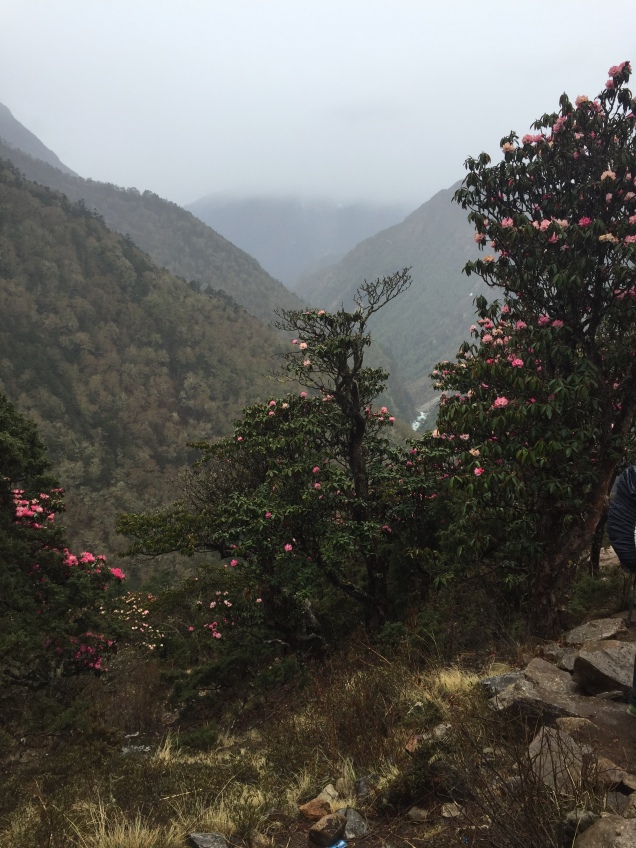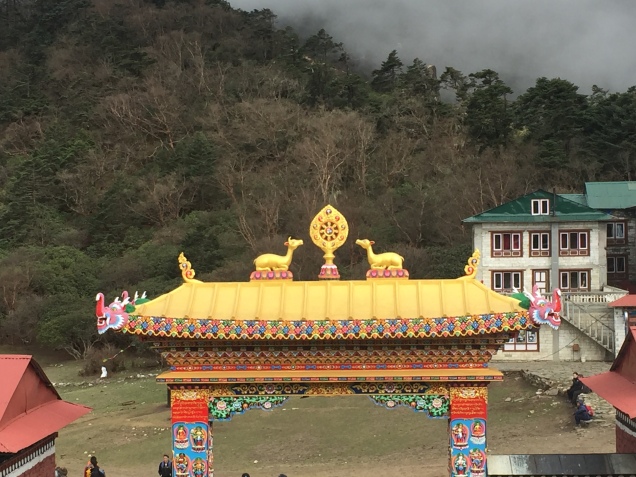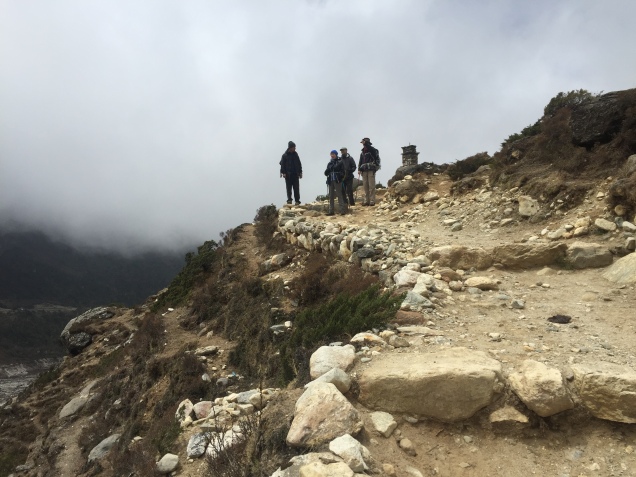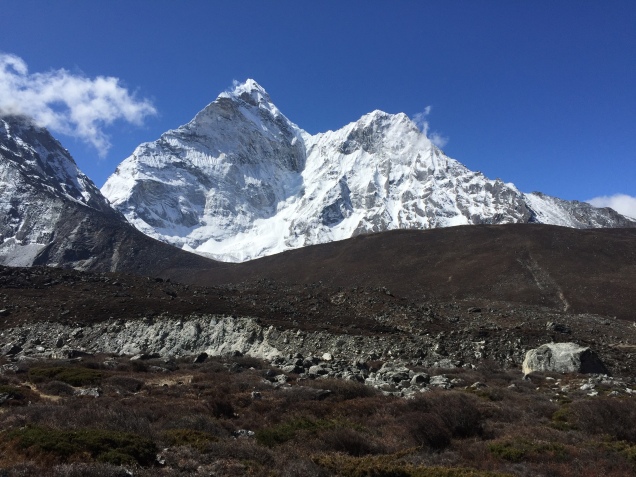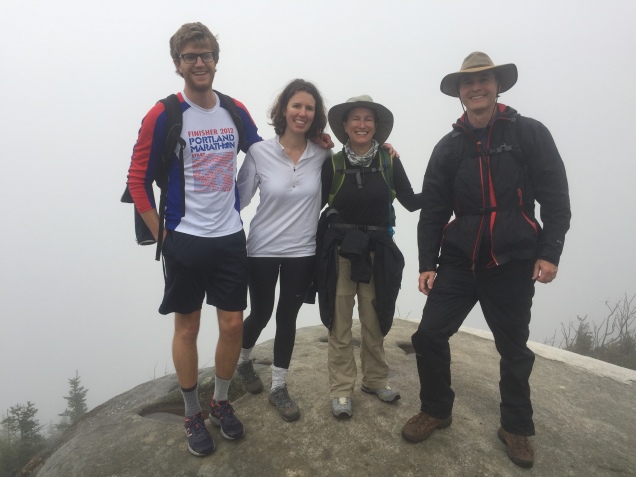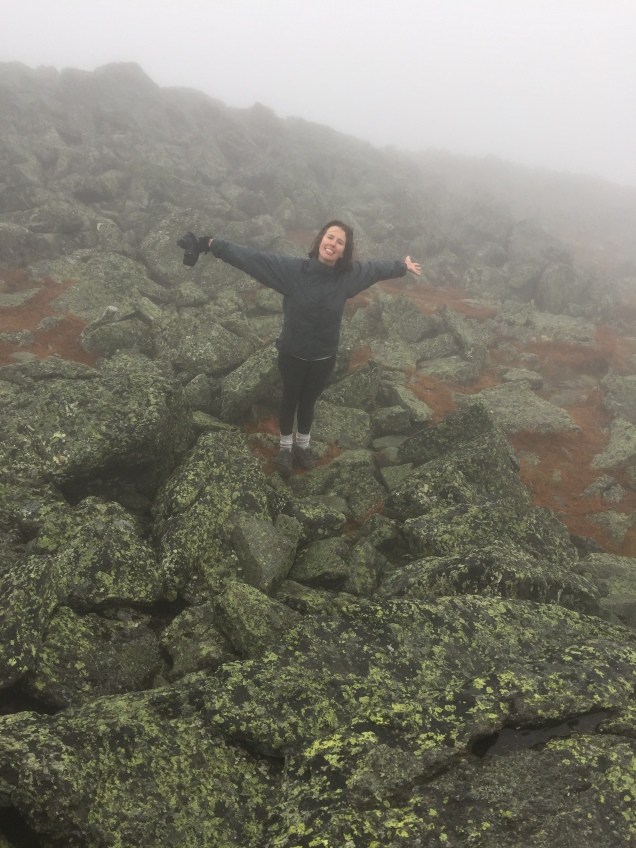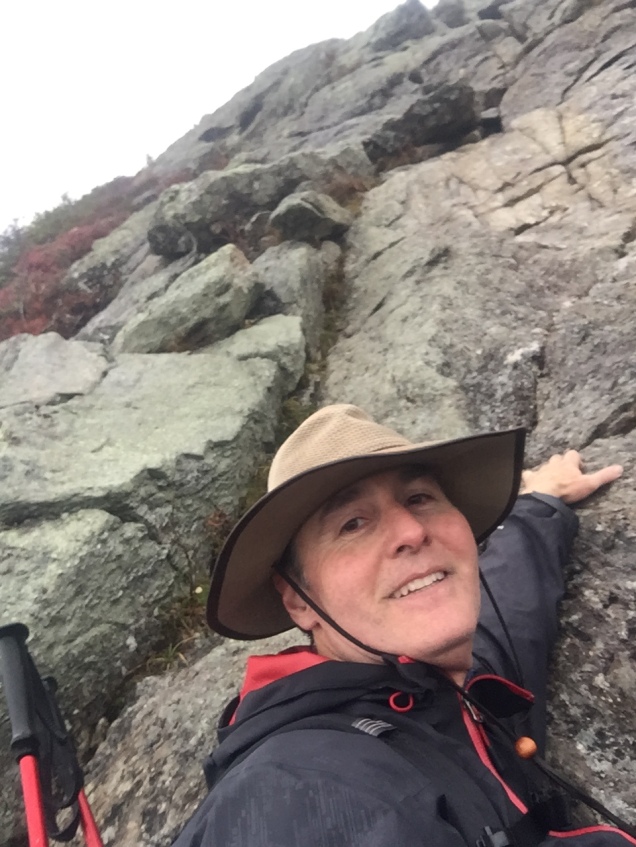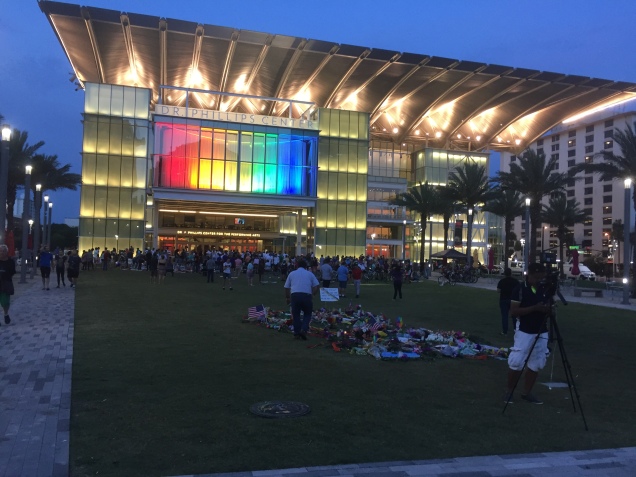ALERT – photos will have to be uploaded later. I’m writing from Nepal – and am seriously wifi challenged at the moment!
After we exited our flying tin can (also known as a Twin Otter) in Lukla and had a cup of tea, we immediately started uphill. The first part of the EBC trek is nothing as much as a human highway connecting numerous small villages. There are no combustion vehicles of any types – no farm equipment, no cars, no trucks – and correspondingly, no roads. Instead there are yaks, gakyos (1/2 cow and 1/2 yak), and humans. Regardless of their size, they are all carrying huge packs. Yaks were carrying sacks of rice and blue containers of kerosene; one very small gentleman was carrying a load of rebar and another a full size freezer. Apparently the humans are paid by the amount of weight they are carrying. I have never seen such strong people – including at any gym I’ve ever been to.
Each little village has at least a mani stone – a large rock painted with mantras, frequently om mani padme hum. (I read a translation today at the Sherpa Cultural Center that said it meant “hail to the jewel of the lotus,” but I’m not sure how much stock to put in that.) You pass to the left of the stone, always clockwise. Many villages have prayer wheels, ornate cylinders also engraved with prayers that you run your hand along, turning them always clockwise. Some prayer wheels are powered by water. Sometimes bells ring as they turn.
A lot of places welcome you with a stupa. From the air it appears as a mandala. Generally, three terraces at the bottom represent the foundation of meditation. The dome is the womb of emptiness from which all comes. The box on top is painted with the eyes of the guardian Buddha. Some stupas, instead, have a statue of the Buddha in a glass enclosed niche. The 13 steps above represent the 10 levels of compassion and the 3 levels of tantric awareness. The umbrella is the sovereign sanctity of the Buddha mind and the crowning jewel in the top its wish fulfilling capacity. Buddhism is woven in to the fabric of everyday life here. On the return part of our trek I saw an old man sitting outside his tea house, running his fingers along his mala (a rosary of 108 beads) while spinning a handheld prayer wheel. His wife sat next to him, wearing the traditional long skirt with a woven apron on top, while their dog slept in the sun – all with the majestic mountains towering in the background.
Most fantastic – that first day at least – was Gauri Ghat monastery. An elaborate structure in the middle of the area, multiple prayer wheels under shelters decorated with paintings of the Buddha. A feeling of serenity throughout.
I had known before this trip that at some point I would encounter my nemesis – the swinging bridge of doom. It happened shortly after we left Lukla. For years my most frequent anxiety dream has involved a swinging bridge over a gorge where I can’t move forward or back. And that is exactly what I had to cross – following M’s white hiking shirt, feeling the bridge sway – at least 100 feet over the rapidly running river. I refused to look down or to the side (where I could tell the chain link fencing that formed the sides had been kicked out at the bottom, leaving a realistic possibility of slipping through). Saying mantras was a necessity.
After three hours we reached Phak Ding and our first experience of tea house culture. The tea houses changed as we worked our way up to EBC and away from village into trekker culture. More on that later. But typically there’s a dining room that serves as a communal living area, common toilets (although our first two tea houses had “en suite” toilets – little did we know what a luxury that was!), and very cold small plywood pine rooms with twin beds, sheet and blanket, and if you were lucky, hooks and a light that would work after 6 pm. Ultimately we realized we needed to regard the rooms as a sophisticated version of a tent.
After lunch, we took a steep acclimatization hike through a pine forest and small fields of potatoes and onions and spinach to a monastery that was being repaired. The monks were painting elaborate designs in geometric and representational patterns in colors for each of the five elements (iron being the one I didn’t know about). The paint contained a special resin to make it shine.
We had to cross a second swinging bridge to get there – which made me no happier than the first – when who should appear but the guy who’d sat (slept) next to me on the plane. We recognized each other and exchanged pleasantries. Given my bitterness over the seat hogging, this was a fitting karma experience to accompany all the monasteries we had seen. And it’s not over yet.
The next day we trekked to Namche Bazaar (originally Nauche) where we were to spend two nights. Much of the route was along the Milky River, a mint green blue rapidly running river that accompanied us most of the way to EBC. Today involved not two but five swinging bridges. Fortunately M continued to wear the white hiking shirt so I still had my driste to focus on. We had a lovely lunch by the river and the trail got progressively steeper. Fabulous views of the Three Sisters along the way. A yak herder following his yaks, while carrying his dog down the mountain.
We reached NB suddenly. A pretty village of square stone buildings with a interesting mixture of trekker culture and village life. Trekking has been part of Nepalese life since the 1950s. What’s amazing is that every last thing has been carried here – by human or animal. Namche does have a small airstrip for cargo, but even then – everything has to be moved several miles to the village.
A very nice tea house with some beautiful woodwork in the dining room but COLD rooms. There was even a version of a shower with hot water (the last one we would see for days). Probably the prettiest tea house we stayed in. Unlike the very crowded places further along the route, we were the only people staying there.
After we arrived, we went to the nearby monastery. A stupa is being rebuilt and the monks, all in crimson robes, were conducting four days of prayers to bless the items that will be placed in the stupa. Plus, day 4 is Buddha’s Day and there will be a big celebration. Because 12 monks were needed the prayers were occurring in the common area instead of the actual monastery itself. All of them sat in a row; the leader chanted in a deep sonorous voice and the others chimed in with various instruments- symbols, something that looked like a clarinet and bells. At one point plates of food were brought out as offerings – they would ultimately be left for the animals. There was a huge gold Buddha on one wall and a monk folding prayer shawls.
We visited the upstairs museum, near the rooms in the upper galleries where the religious objects are taken care of. A monk asked us if we wanted to go to the actual monastery where the prayers normally occur. 300 years old, the walls were painted with images of Buddha. There was a shrine with statues of the past, present and future Buddha. Butter lamps lit, colors and patterns on every square inch, but a sense of peace emanating from the sensory overload.
For dinner S and I tried yak curry, although I think it is usually buffalo. More of the local spinach, rice, potatoes, dal and apple pie for dessert (which was almost like an apple baklava).
During our full day in NB, our acclimatization hike to the viewpoint at the Everest View Hotel allowed us our first view of Everest, Ama Dablam and Lhotse. We trekked gradually at first and then steeply up to about 12,600 feet, from pines to scrubby pines. Then down the other side of the valley to Kung Jung (sp) – tranquil, uncrowned, green rooves, and the home of the school founded by Sir Edmund Hillary.
After poking around NB in the afternoon, we had Sherpa Stew for dinner. A thick broth with dumplings and potatoes, ginger, spinach and carrots.
Next move – to Tengboche and Dingboche.


 It did all start in 1991. Only one of our now four children had been born. She (A) spent much of her time in a plastic contraption that we called her rocket seat — a plastic rocker with a foam insert and a carrying handle that proved very useful for lugging her around to all the restaurants we still planned to go to with our good friends M and S. The fact we were 29 and 30 and found ourselves with an infant offspring was not about to deter us.
It did all start in 1991. Only one of our now four children had been born. She (A) spent much of her time in a plastic contraption that we called her rocket seat — a plastic rocker with a foam insert and a carrying handle that proved very useful for lugging her around to all the restaurants we still planned to go to with our good friends M and S. The fact we were 29 and 30 and found ourselves with an infant offspring was not about to deter us.



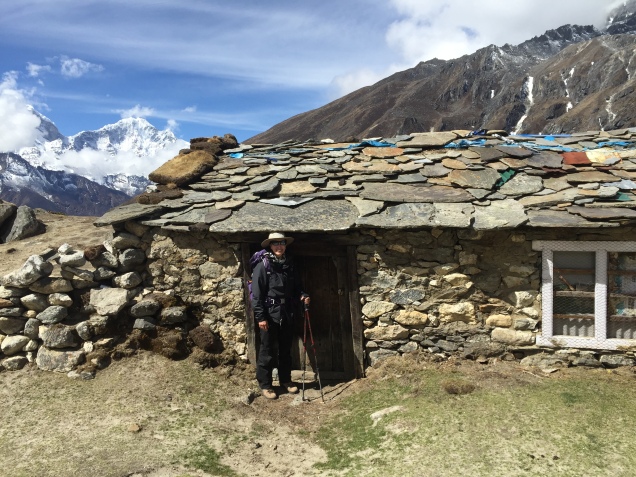


 The creepiest part of the experience was to hear avalanches and rock fall by Everest and the surrounding g mountains. J and I were hiking by ourselves ahead of the team. At first I heard a sound like thunder – a slow roar, a rush, and then I heard someone yell from across the valley. I think it was on Lhotse. We heard several more similar soundtracks – and on the way back I saw a huge rock become dislodged and start a slide.
The creepiest part of the experience was to hear avalanches and rock fall by Everest and the surrounding g mountains. J and I were hiking by ourselves ahead of the team. At first I heard a sound like thunder – a slow roar, a rush, and then I heard someone yell from across the valley. I think it was on Lhotse. We heard several more similar soundtracks – and on the way back I saw a huge rock become dislodged and start a slide.



